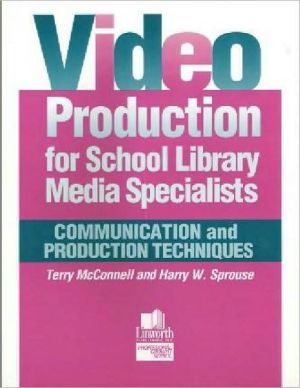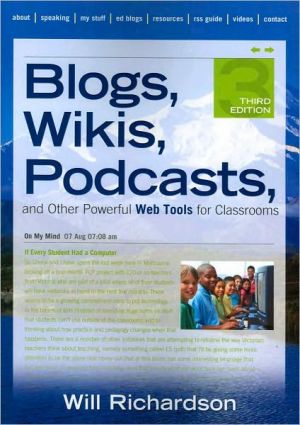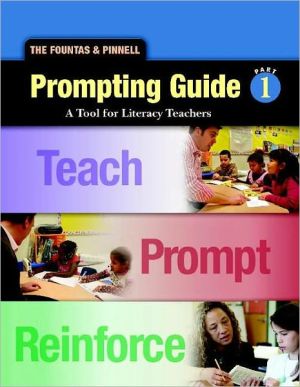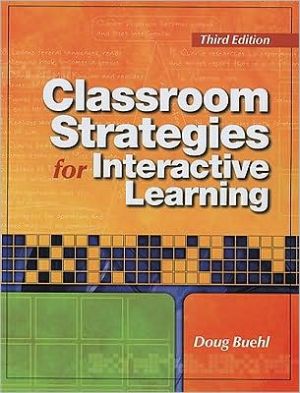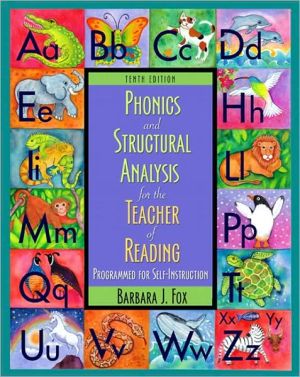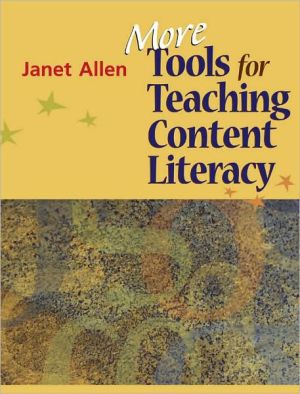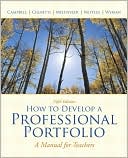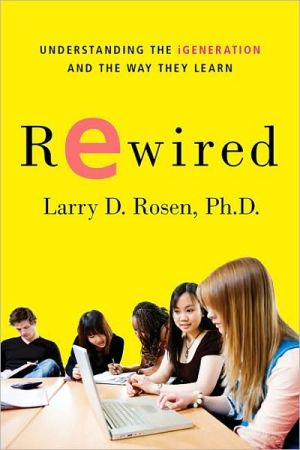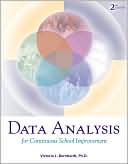Video Production for School Library Media Specialists: Communication and Production Techniques
Bring new visibility to your school library media program and promote its strengths to all its constituencies. Learn how to teach video production as a communications tool. Use video-making to encourage reading, writing, and research and for school news shows. Video production is not only a great way to communicate, it's also a great way to teach communication skills to students and teachers. Set up in a checklist format to save you time, this book is easy to apply to a particular need....
Search in google:
Bring new visibility to your school library media program and promote its strengths to all its constituencies. Learn how to teach video production as a communications tool. Use video-making to encourage reading, writing, and research and for school news shows. Video production is not only a great way to communicate, it's also a great way to teach communication skills to students and teachers. Set up in a checklist format to save you time, this book is easy to apply to a particular need. Teaching lighting? Make copies of "The Lighting Checklist"—and if you need to learn about an item on the list first, there's a section on it in that chapter. All terms are defined in the glossary. VOYA Organized with checklists for easy access, this book is filled with tips, techniques, and resources to facilitate communicating "efficiently and effectively with video production." The four sections of the book cover communication theory and scriptwriting, video production, instructional applications of video, and video production program organization. The authors' straightforward, no-nonsense style is enhanced both by clear formatting for important topics and subtopics and by the black-and-white illustrations of equipment, key concepts, and equipment procedures. Numerous reproducible checklists provide organizers for both librarians and students. The bibliography, resource list, glossary, and index offer multiple entry points. A few basics are omitted, such as how to steady a handheld camera or an explanation of what high-speed shutter camera operation is to accompany the statement of when to use it. Occasionally examples are stated as definitions:"To strobe a person standing in front of the camera, have him look left, look right, wave, and take a bow." Although these quibbles are minor in the face of the distillation of the vast amount of practical experiential knowledge within, the book's overall quality is undermined by poor editing, resulting in numerous typos, question marks at the end of declarative sentences, and ill-placed references to illustrations, making it occasionally difficult to identify the very useful information being imparted. Despite these criticisms, this valuable book is recommended for any school library media specialist's collection, conveying years' worth of experience, program knowledge, and expertise in a readily accessible manner. Glossary. Index. Illus.Photos. Biblio. Further Reading. 2000, Linworth, 240p, $39.95 pb. Ages Adult. Reviewer:Kim Carter—VOYA, December 2001 (Vol. 24, No. 5)
\ VOYAOrganized with checklists for easy access, this book is filled with tips, techniques, and resources to facilitate communicating "efficiently and effectively with video production." The four sections of the book cover communication theory and scriptwriting, video production, instructional applications of video, and video production program organization. The authors' straightforward, no-nonsense style is enhanced both by clear formatting for important topics and subtopics and by the black-and-white illustrations of equipment, key concepts, and equipment procedures. Numerous reproducible checklists provide organizers for both librarians and students. The bibliography, resource list, glossary, and index offer multiple entry points. A few basics are omitted, such as how to steady a handheld camera or an explanation of what high-speed shutter camera operation is to accompany the statement of when to use it. Occasionally examples are stated as definitions:"To strobe a person standing in front of the camera, have him look left, look right, wave, and take a bow." Although these quibbles are minor in the face of the distillation of the vast amount of practical experiential knowledge within, the book's overall quality is undermined by poor editing, resulting in numerous typos, question marks at the end of declarative sentences, and ill-placed references to illustrations, making it occasionally difficult to identify the very useful information being imparted. Despite these criticisms, this valuable book is recommended for any school library media specialist's collection, conveying years' worth of experience, program knowledge, and expertise in a readily accessible manner. Glossary. Index. Illus.Photos. Biblio. Further Reading. 2000, Linworth, 240p, $39.95 pb. Ages Adult. Reviewer:Kim Carter—VOYA, December 2001 (Vol. 24, No. 5)\ \ \ \ \ BooknewsShows school librarians how to teach students video production and how to use video production as an instructional tool to achieve traditional school library media center goals. Part I reviews communication theory, visual literacy, and scriptwriting. Part II deals with equipment, and Part III shows how to use equipment with students and teachers. Part IV gives guidelines for organizing a video production program. Includes many checklists for student use, plus b&w diagrams and photos of equipment. McConnell is a high school library media specialist. Sprouse has worked as an elementary, middle, and secondary library media specialist for 26 years. Annotation c. Book News, Inc., Portland, OR (booknews.com)\ \
